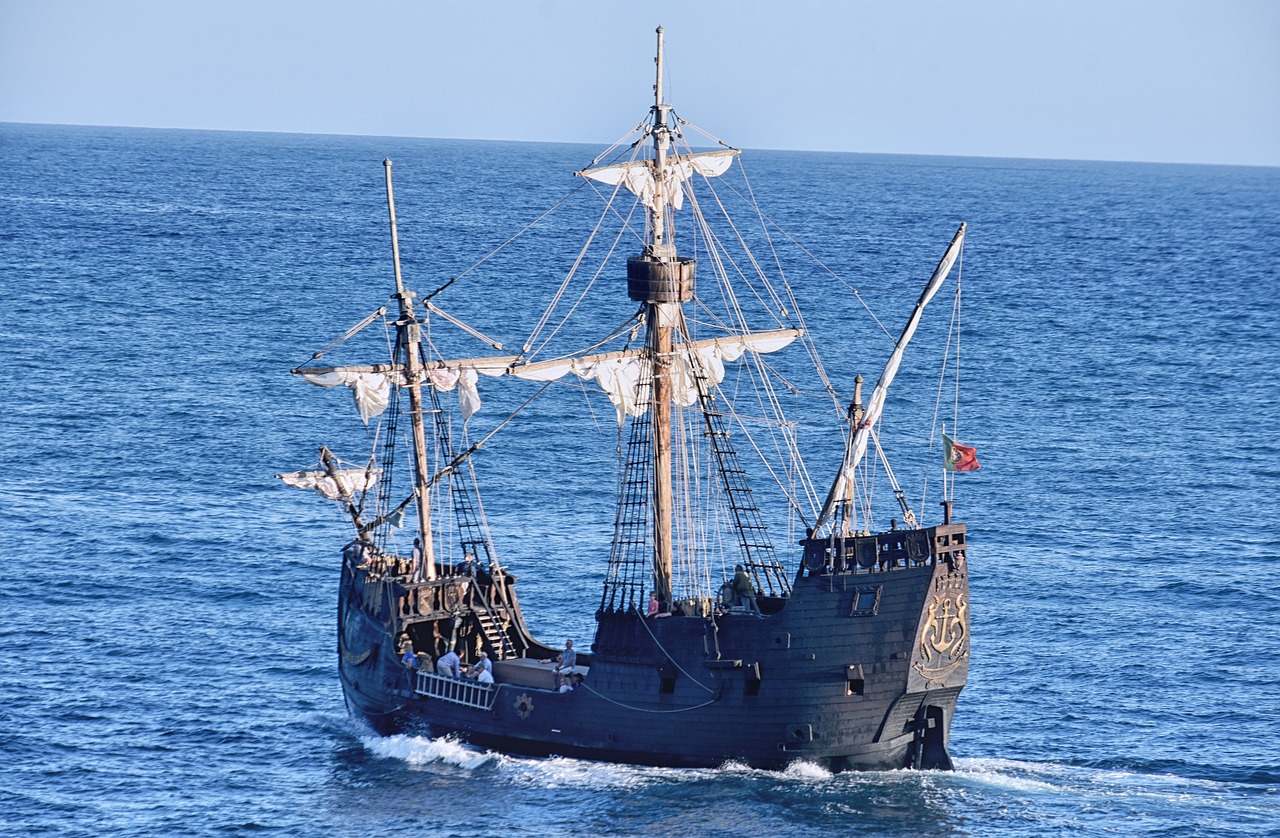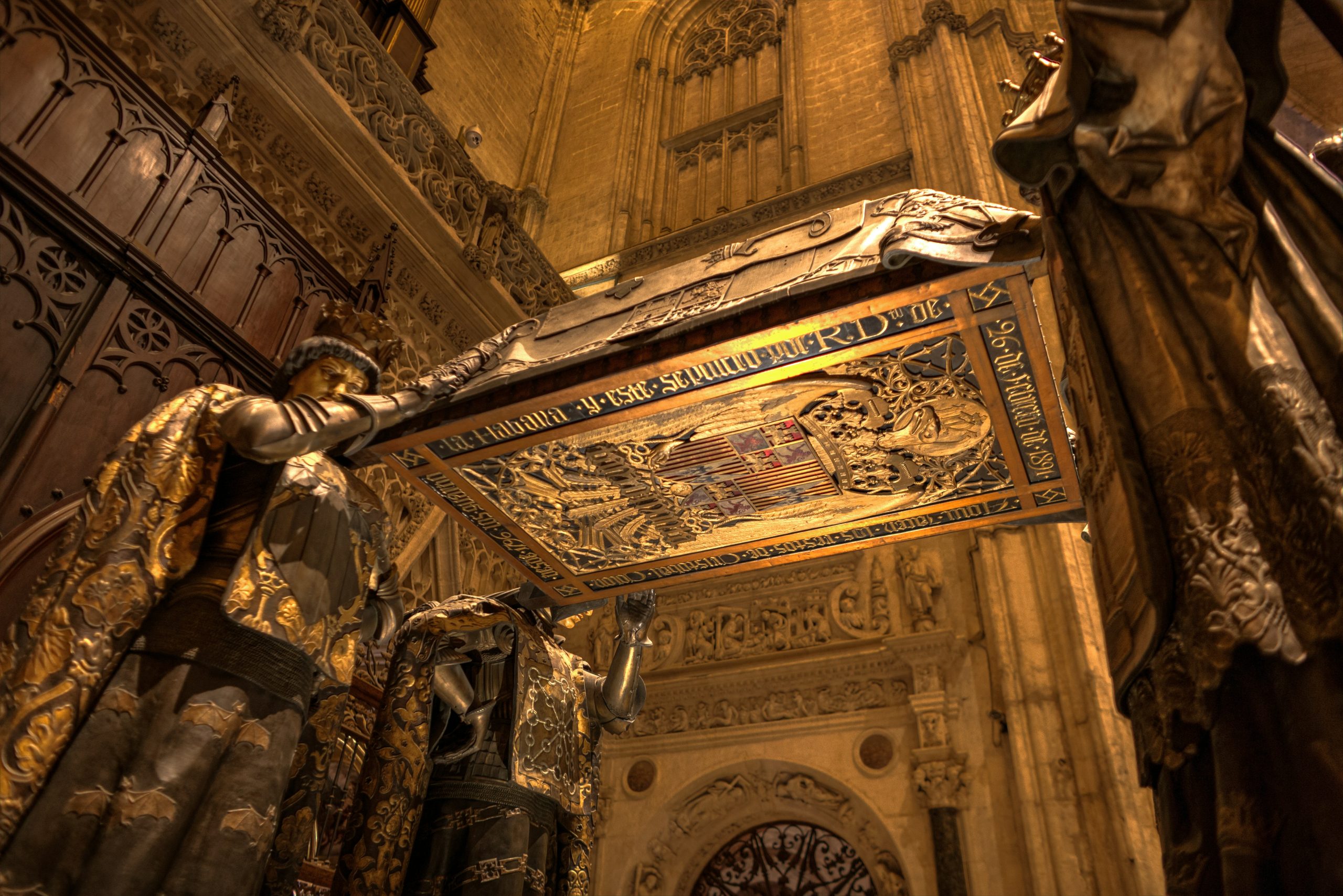Columbus Day, observed annually on the second Monday of October, is a holiday to celebrate Christopher Columbus’s voyages and the subsequent European exploration and colonization of the Americas. To fully appreciate the significance of Columbus Day, it is necessary to delve into the Italian explorers’ historical role in the discovery of the ‘New World’ and the impact on the world as a whole.

Formally, Columbus Day commemorates the anniversary of Christopher Columbus’s landing in the Americas. It is a federal holiday in the United States as well as a national holiday in many other Americas countries. On October 12, 1492, Columbus set foot in the Bahamas’ Guanahaní island. Upon his return in 1493, Columbus established La Isabela, the first permanent Spanish settlement in the Americas, by moving his coastal base of operations 70 miles east to the island of Hispaniola, which is today the Dominican Republic.
Leading a Spanish nautical expedition across the Atlantic Ocean in pursuit of a different path to the Far East, Italian explorer Christopher Columbus (born in Genoa) ended up landing in the New World. Using the Spanish ships Niña, Pinta, and Santa María, Columbus set off on his first expedition to the New World, which took almost three months. Following the arrival of Columbus and his crew in the New World, other European powers began colonizing the Americas, and the New and Old Worlds exchanged plants, animals, cultures, human populations, and technology—a phenomenon known by some historians of the late 20th century as the Columbian exchange.

In the US, the landing is commemorated as Columbus Day, while other countries have different names for it. This day is recognized as “The Discovery of America” in the United States. October 12 is referred to as “Day of the Race” or Día de la Raza in several Latin American nations. This was the situation in Mexico up until it changed the name to “Day of the Pluricultural Nation” (locally still known as Dia de la Raza). In certain nations, like Spain, the celebration is known as the Day of Hispanicity, or Día de la Hispanidad. It is also known as Fiesta Nacional de España, Spain’s national day, and it falls on the same day as La Virgen del Pilar, a religious festival. Peru has been commemorating “Indigenous Peoples and Intercultural Dialogue Day” (Día de los pueblos originarios y el diálogo intercultural) since 2009. It is observed as Pan American Day and Día de las Américas (“Day of the Americas”) in Belize and Uruguay. Columbus Day is also observed in Little Italys across the globe and in Italy as Giornata Nazionale di Cristoforo Colombo, also known as Festa Nazionale di Cristoforo Colombo.
On October 12, 1792, the Columbian Order of New York, also referred to as Tammany Hall, hosted an event to honor the historic landing’s 300th anniversary. This marked the first ever Columbus Day celebration. Built in 1792, the Columbus Obelisk is located in Baltimore.
Columbus Day was first observed in New York City on October 12, 1866, and is widely observed by Italian Americans as a commemoration of their ancestry rather than Columbus himself. First-generation American Angelo Noce in Denver successfully lobbied for the day to be declared a legal holiday in the US. Colorado Governor Jesse F. McDonald declared the first state holiday in 1905, and it became a statutory holiday in 1907. (Colorado commemorated Frances Xavier Cabrini Day a week early in 2020, taking the place of Columbus Day.)
Following the lynchings of eleven Italian immigrants in New Orleans in 1892, which marked the 400th anniversary of Christopher Columbus’s voyage, President Benjamin Harrison proclaimed Columbus Day a one-time national holiday. Following the lynching episode, the statement was a part of a larger effort to appease Italian Americans and defuse diplomatic tensions with Italy. Teachers, pastors, writers, and politicians employed ceremonies to impart patriotic ideas around the 1892 centennial. The Pledge of Allegiance by Francis Bellamy was one of the rites’ topics, along with others including the limits of citizenship, the value of nationalism, and the celebration of social progress.
“The President is requested to issue a proclamation designating October 12 as Columbus Day; calling on United States government officials to display the flag of the United States on all government buildings on Columbus Day; and inviting the people of the United States to observe Columbus Day, in schools and churches, or other suitable places, with appropriate ceremonies that express the public sentiment befitting the anniversary of the discovery of America,” read a 1934 statute passed by Congress as a result of lobbying by the Knights of Columbus and New York City Italian leader Generoso Pope. In response, President Franklin Delano Roosevelt issued a declaration of this kind. This proclamation, which was akin to the wording surrounding Thomas Jefferson’s birthday and Gold Star Mothers Day, did not initiate the current official holiday. Due to the belief that they would be loyal to Italy rather than the United States during World War II, Italian and Italian American citizens were interned and denied rights in 1941. Franklin Roosevelt ordered the designation of Italian Americans as “enemy aliens” to be removed in 1942, and he also announced a plan to grant citizenship to 200,000 elderly Italian Americans who had been unable to do so because of a literacy requirement. However, the announcement was not put into effect until after Italy was surrendered to the Allies on September 8, 1943.
The National Columbus Day Committee was established in 1966 by Buffalo, New York resident Mariano A. Lucca, who advocated for Columbus Day to be declared a federal holiday. Because of these successful efforts, President Lyndon Johnson signed legislation on June 28, 1968, designating June 28 as Columbus Day as a federal holiday, which went into effect in 1971.
Columbus Day has been celebrated on the second Monday in October every year since it was declared a federal holiday in the United States in 1971. A presidential proclamation honoring Columbus’ accomplishments is issued to mark the occasion. Banks, the bond market, the USPS, other federal institutions, most state government offices, numerous businesses, and the majority of school districts all typically observe it. While some states and municipalities skip the holiday, several businesses and stock exchanges stay open. Since the United States Navy was established on October 13, 1775, the holiday’s traditional date coincides with its anniversary. As a result, the Navy and the Marine Corps usually mark both holidays with a 72- or 96-hour liberty period.
